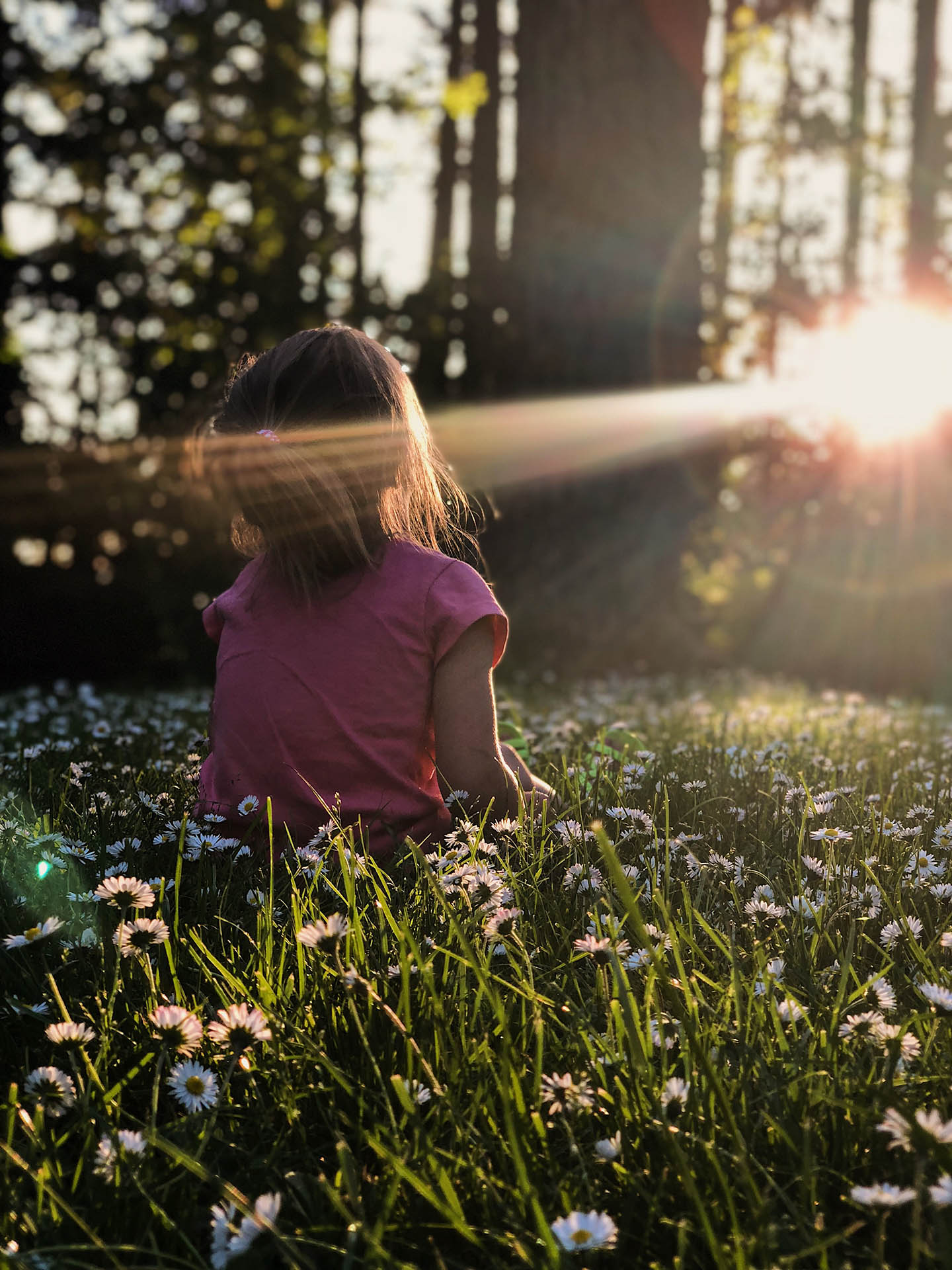Kids & mindfulness.
The Importance Of Meditation And 7 Tips To Teach Kids About Mindfulness. Not too long ago, I had the opportunity to teach mindfulness classes at my childs’s school this past month. I actually learnt alot from the children during this process. During the midst of organizing the mindfulness class, I found an abundance of information pertaining to the implementation of mindfulness for children. For a start, I was learning that a famous actress has been vigorously working with cognitive psychologists, educators and neuroscientists to develop effective mindfulness programs for schools in general. More importantly, I came across a wealth of information and statistics that indicates teaching mindfulness in schools offers a wealth of benefits to the children that partake in these mindfulness programs. Statistics also indicate that it increases happiness as well as optimism in the classroom setting, as well as empathy and compassion.
In addition to that, statistics also indicate that it helps children when it comes to resolving conflicts as well as to decrease aggression and the instances of bullying. As a matter of fact, these programs have been so successful that if you ask children what mindfulness means to them you may be surprised indeed. Some of the answers I have personally received include kicking back and letting go our day to day struggles, one way to meditate during times of stress. But my all time favorite had to be that mindfulness means getting off one track and onto another so that you can avoid an impending train wreck. Kids, they may be innocent but they can also be little fountains of mental wisdom as well!
After I asked them what mindfulness meant, I gave them what the dictionary said the definition of the word which is the state of being aware one’s thoughts, bodily sensations, feelings and environment. However, by using that definition, they understandably had no idea what i meant. So to fix this problem we conducted some exercises so that they could get a better grasp of what mindfulness truly means. You can try these yourself. Are you looking for Couple therapy London ?
1) Breathing pals.
Give out a small object all the children in the room, preferably a small stuffed animal. If the room is large enough, tell the children lay down and to place the object on the top of their bellies. After which, instruct them to inhale and exhale in silence. As they do this, instruct them to watch the way their breathing pal moves as well as any other sensation they may experience. Then, instruct them to turn whatever thoughts that may come up in their minds into bubbles that begin to float up and away from them. The whole concept of introducing a breathing pal, makes the mediation exercise significantly friendlier and gives the children the opportunity to see that being playful doesn’t necessarily equate to being loud and rowdy.
2) Smell and tell.
Take something that has a delightful scent and pass to each child like a rose petal, fresh lemon peel, or some lavender for example. After which, instruct them to have eyes closed and to breathe/smell the scent. Tell them that they should focus on the scent of the object. This activity can help to reduce anxiety, because statistics show that pleasant scents can drastically reduce anxiety.
3) Bell listening exercise.
A part of the mindfulness with children is to get them to listen to the sound of a bell, but they need to closely listen to the vibrations. Its important for children to put their hand up when they can’t hear the bell’s vibration any more. The children need to be quiet for a minute and then listen for other sounds once the sound of the bell has stopped vibrating. Once the sound has stopped, being to talk to the children about the sounds they heard during this moment. This is actually quite fun for the kids, because they can’t wait to talk about what they heard, during this time it helps the children to be in the present moment and being more tuned to their perceptions
4) Touch.
In this exercise you will provide each child with a small object they can touch such as a marrble, eraser, ball, feather, etc. Once you have given each child an object tell them again have eyes closed and to describe what they touch to another partner. After which, their partner has to change roles and do the same. This exercise can help to teach children on how to isolate feelings from another.
5) The heart beat exercise.
This exercise will help children to be more mindful of their bodily sensations. To begin this exercise instruct children to jump in one place for approximately one minute. After which, instruct them to sit down and to place the palm of their hands over the center of their chest. As they do this, instruct them to have eyes closed and to feel their hearts beat and how heavy their body breathes as well as anything else that they may have noticed about their themselves and their body.


6) Squish and relax meditation.
This activity is a great way for children to loosen up and to understand the concept of “being in the present” or in essence, “being in the moment.” To begin this exercise, instruct children to lay down and to close their eyes. Once they have done this, tell them to squish and squeeze all the muscles of their bodies. For example, tell them to squish their toes and feet, tighten their muscles from their calves all the way up to their chests and to form their hands into a fist that they will raise above their heads. Instruct them to hold that specific position for a few seconds. Then instruct them to release themselves from that position and to relax. By doing this what you will be teaching them is the art of being in the moment.
7) Feelings time.
In this exercise you will attempt to get a child(s) to sit and talk about personal feelings. As such, instruct children to sit down while casually asking them questions that reveal what they are feeling such as questions like: How are they feeling right now? Do they actually know that they are experiencing those feelings? The point being is that you should ask them questions that gives them the opportunity to accurately describe how they feel. After this ask the children what is it they can start to feeel better if they don’t feel at their best possibly negative feelings. If the children are upset tell them again they can at anytime turn a thought or a number of thoughts into a bubble(s), a way to calm themselves is to use meditation. Takings a few moments to just listen to thrown breathing, or try and feel their own heartbeats will help them to calm down and relax.